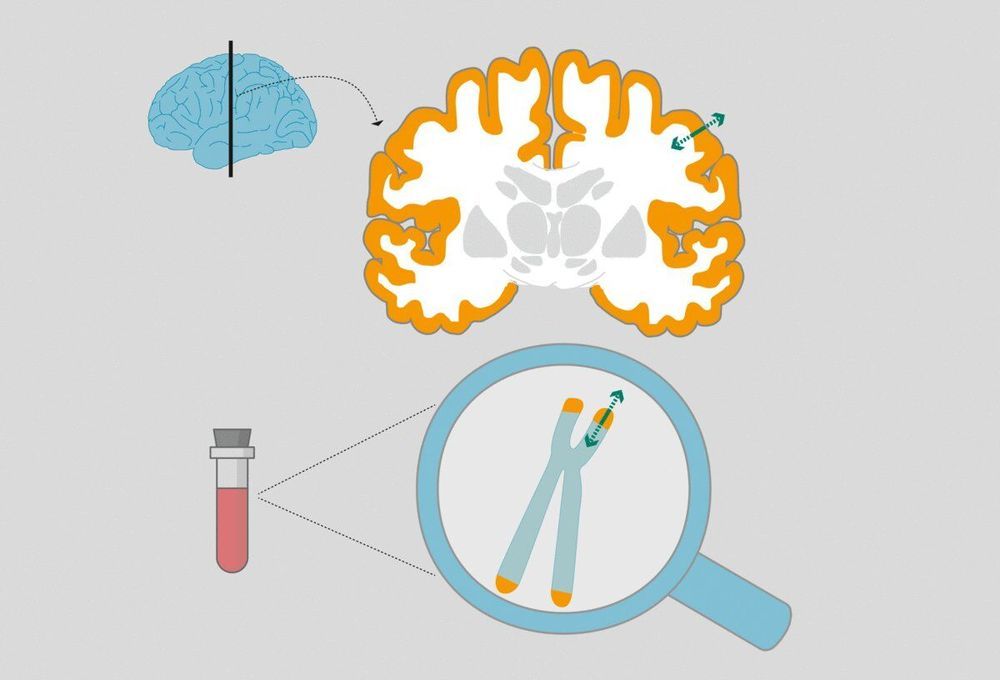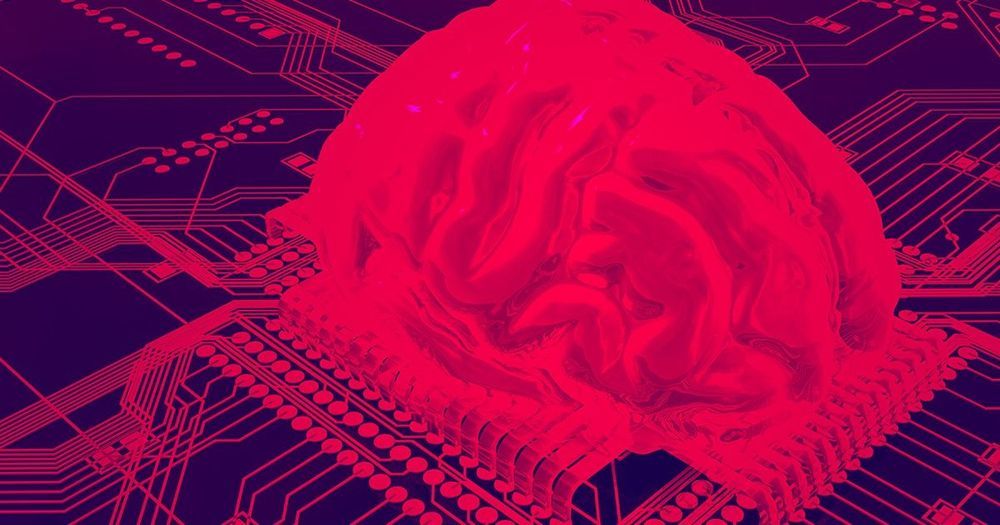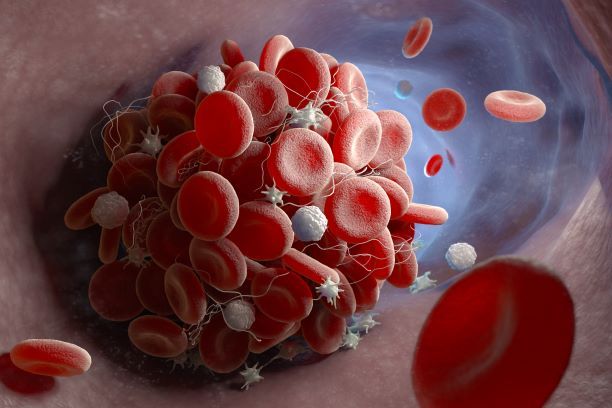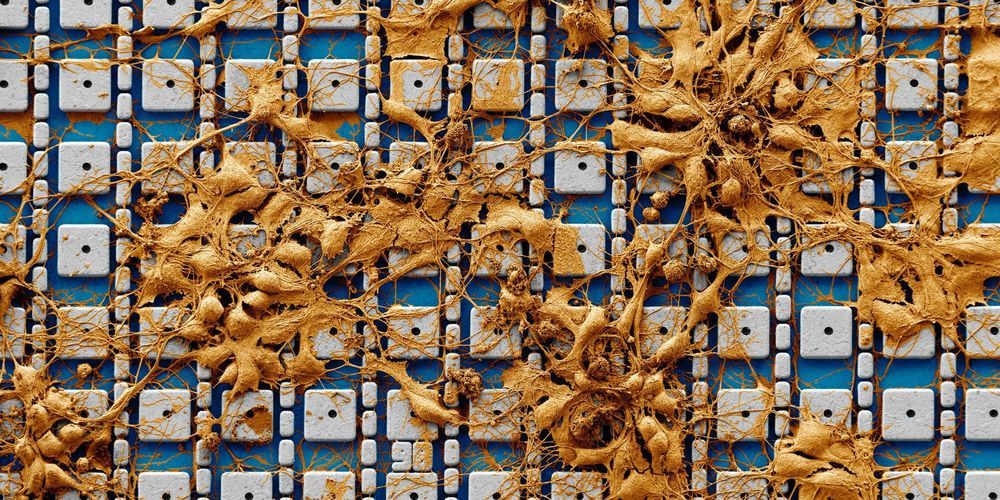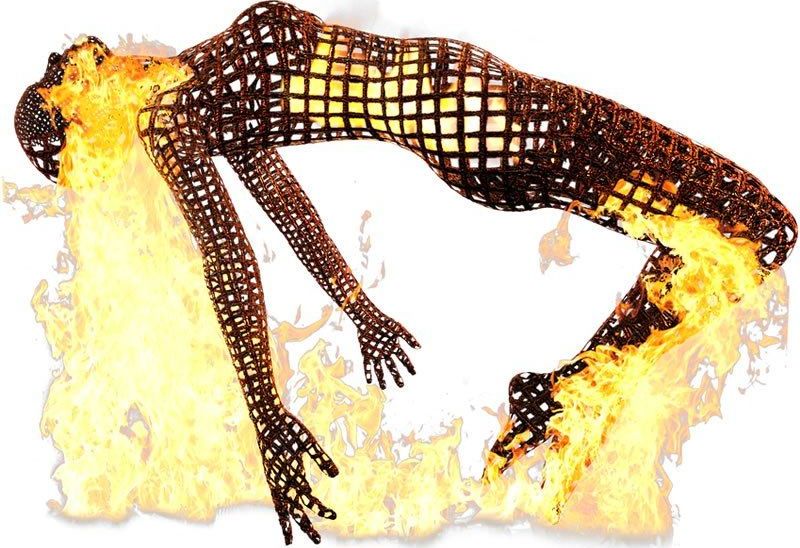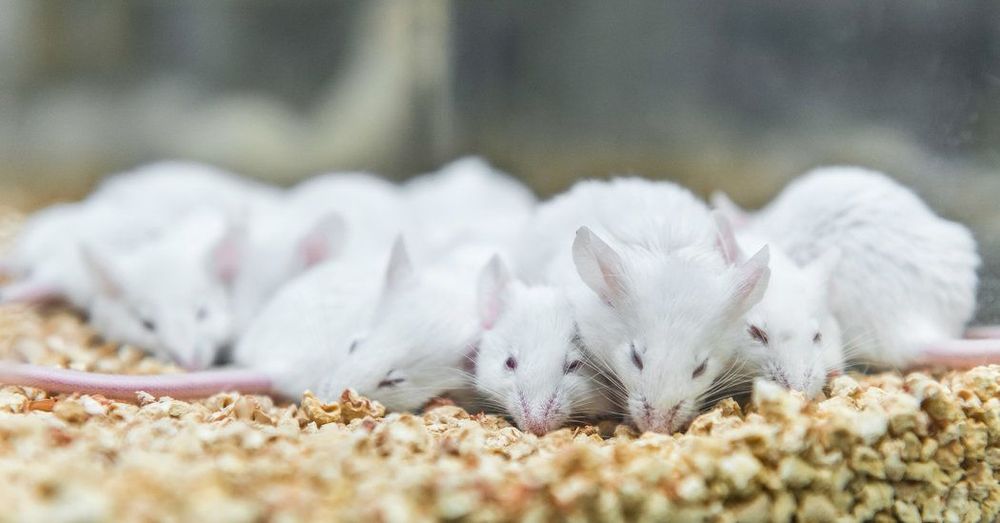THE MIND, EXPLAINED takes a five-episode deep dive into how our brains handle memory, anxiety, psychedelics and dreams. Narrated by Emma Stone.
After nearly a year of labor behind the scenes, we have an announcement for you: Explained is finally back! And during this year, we’ve turned our attention to a crucial question: Why can’t we remember what is in the fridge?
Or more importantly, why can’t we remember most of the details of our own lives? Why do an estimated 1 in 3 people suffer from an anxiety disorder at some point? And why, when we go to bed at night, are we overcome with strange visions? Do our dreams actually mean anything, or serve any purpose?
Our minds often feel like a black box. And the stakes of these questions go far beyond the fridge – to our fundamental sense of reality, and what it means to be human. How can we help ourselves, and each other, when our minds betray us? What can we do to take back some control?
Scientists have figured out so much more than you might realize – and today, we’re diving deep, with 5 brand new episodes narrated by Emma Stone taking you on an adventure through the mind, available today.
Our weekly episodes return, as well, on September 26th. They’ll be right here – http://www.netflix.com/explained where Season 1 also awaits any of you who haven’t seen it yet.
